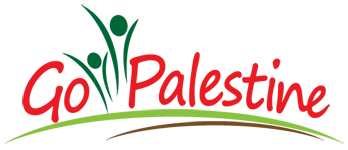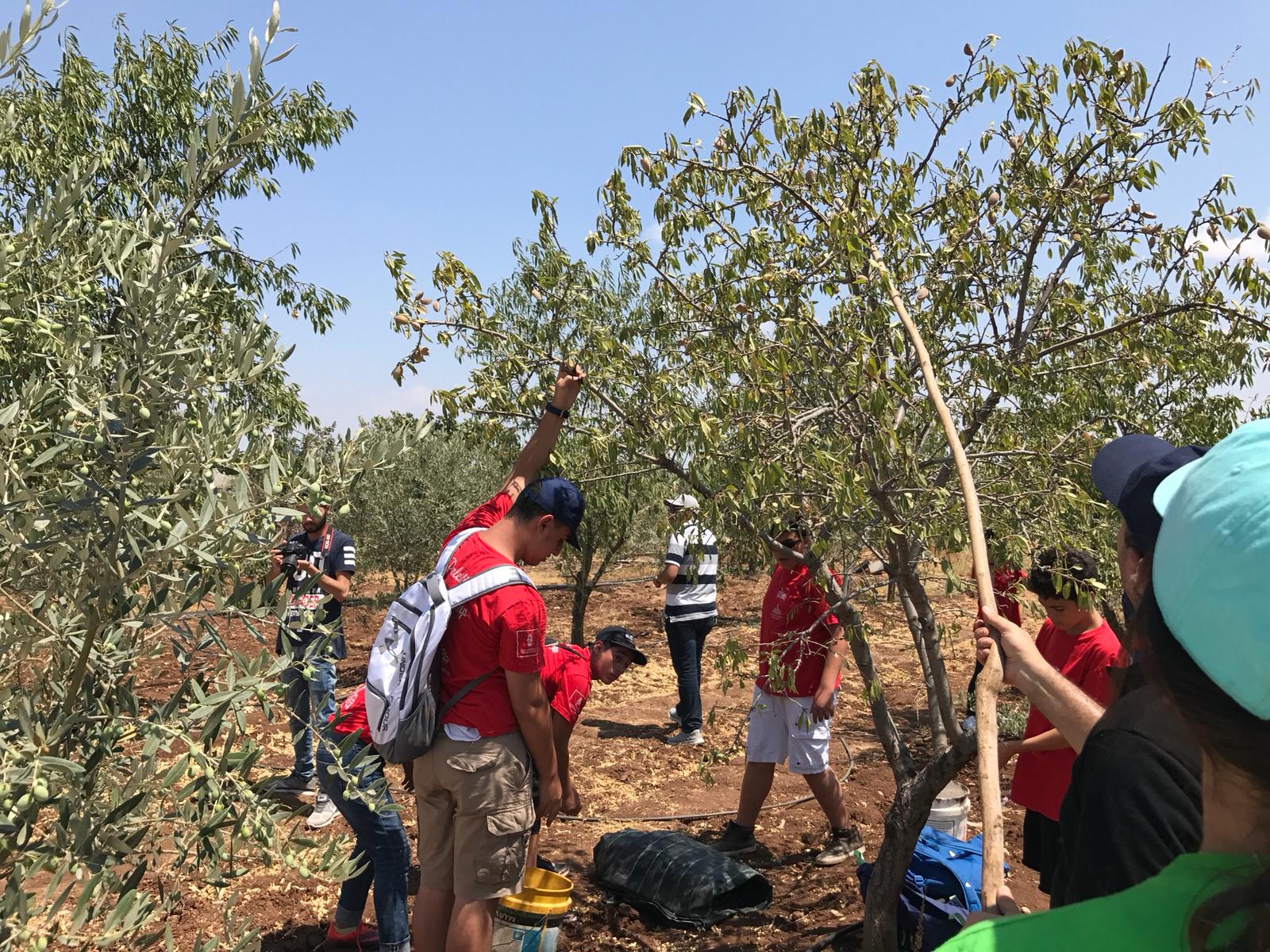Within the Wall
By Ramsey Langley ‘11
I wasn’t a big fan of summer camps. Learning how to carve a miniature canoe out of soap wasn’t my idea of fun. So, when my mother first suggested I apply to the Go Palestine Camp this summer I thought, “here we go again.” But as much as I hate to admit that my mom might have been right, it turned out to be one of the best summers I’ve ever had.
Organized and sponsored by the Ramallah Friends School, the camp brought together forty high school students from around the world for a chance to learn more about Palestinian culture and heritage. Approximately half the campers were from the West Bank. The other half came from the United States, Europe, Asia and other countries in the Middle East, including Palestinians who are Israeli citizens. The camp was staffed by local and international counselors from many different backgrounds. The training and experience of the staff were excellent.




